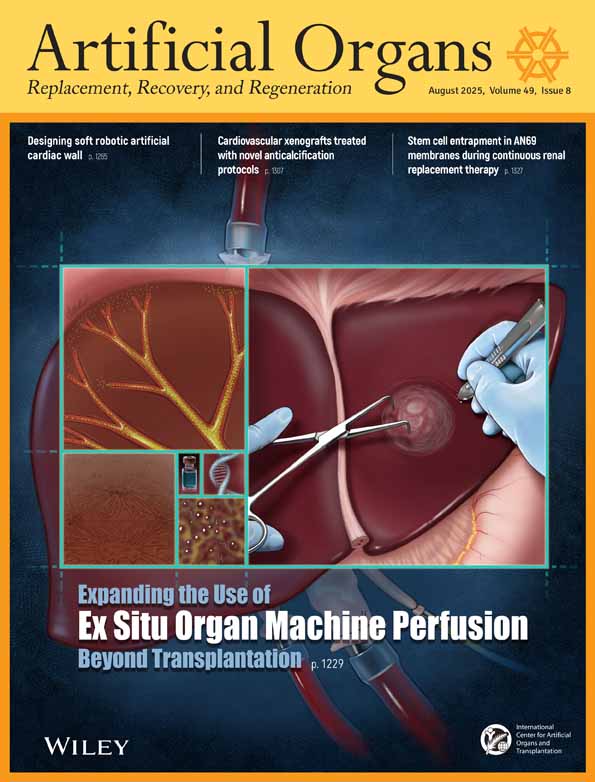Maintenance of Blood Heparin Concentration Rather than Activated Clotting Time Better Preserves the Coagulation System in Hypothermic Cardiopulmonary Bypass
Abstract
Abstract: In cardiopulmonary bypass (CPB), despite heparin regimens in which the activated clotting time (ACT) is kept at more than 400 s, there is biochemical evidence of thrombin generation indicating activation of the coagulation system and increased fibrinolytic activity. Therefore, to reduce the coagulant activation has been one of the main issues in the improvement of CPB. The purpose of this study was to compare the heparin concentration with the ACT and to evaluate the effect of keeping higher heparin concentration on the coagulation and fibrinolytic systems during hypothermic CPB, employing moderate hypothermia (MHT) or deep hypothermic circulatory arrest (DHT). Heparin was either administered to maintain an ACT >400 s (ACT group) or to maintain a whole blood heparin concentration of 3 mg/kg (heparin group). At the lowest core temperature during CPB, the ACT and the heparinase ACT (unrelated to heparin concentration) were increased the most whereas the whole blood heparin concentration was less than half the initial concentration in both ACT groups of MHT and DHT. The thrombin-antithrombin III (TAT) content just after CPB in both MHT and DHT was significantly lower in the heparin group than in the ACT group. In conclusion, ACT does not reflect the whole blood heparin concentration during hypothermic CPB. Furthermore, maintenance of the higher heparin concentration during hypothermic CPB may suppress the activation of the coagulation system via thrombin inhibition. That effect was more remarkable in deep hypothermic CPB. Therefore, we believe that anticoagulation management during hypothermic CPB should be based on the maintenance of the higher blood heparin concentration.




